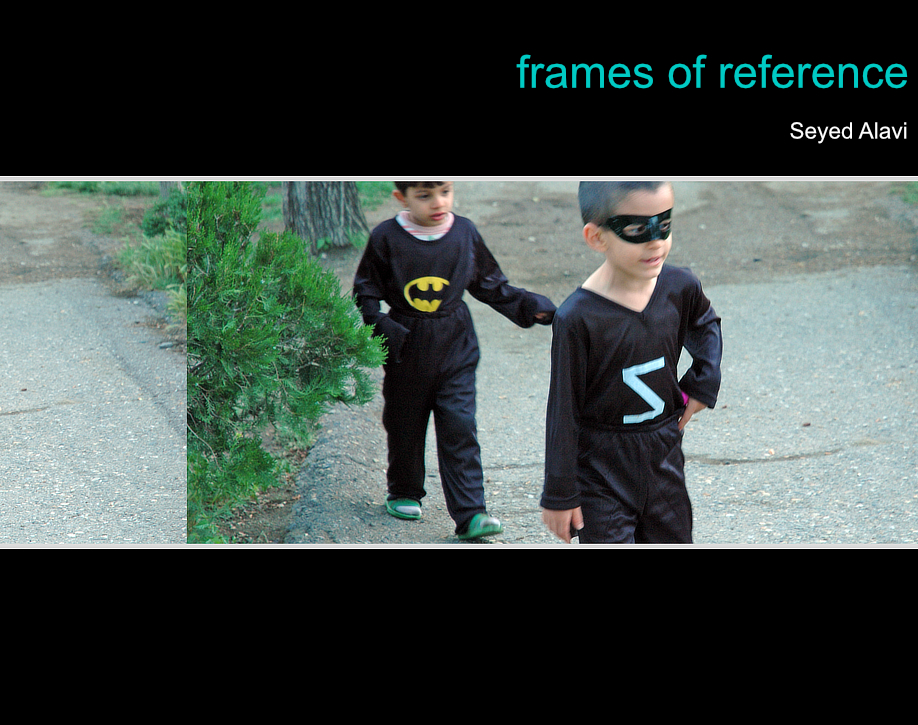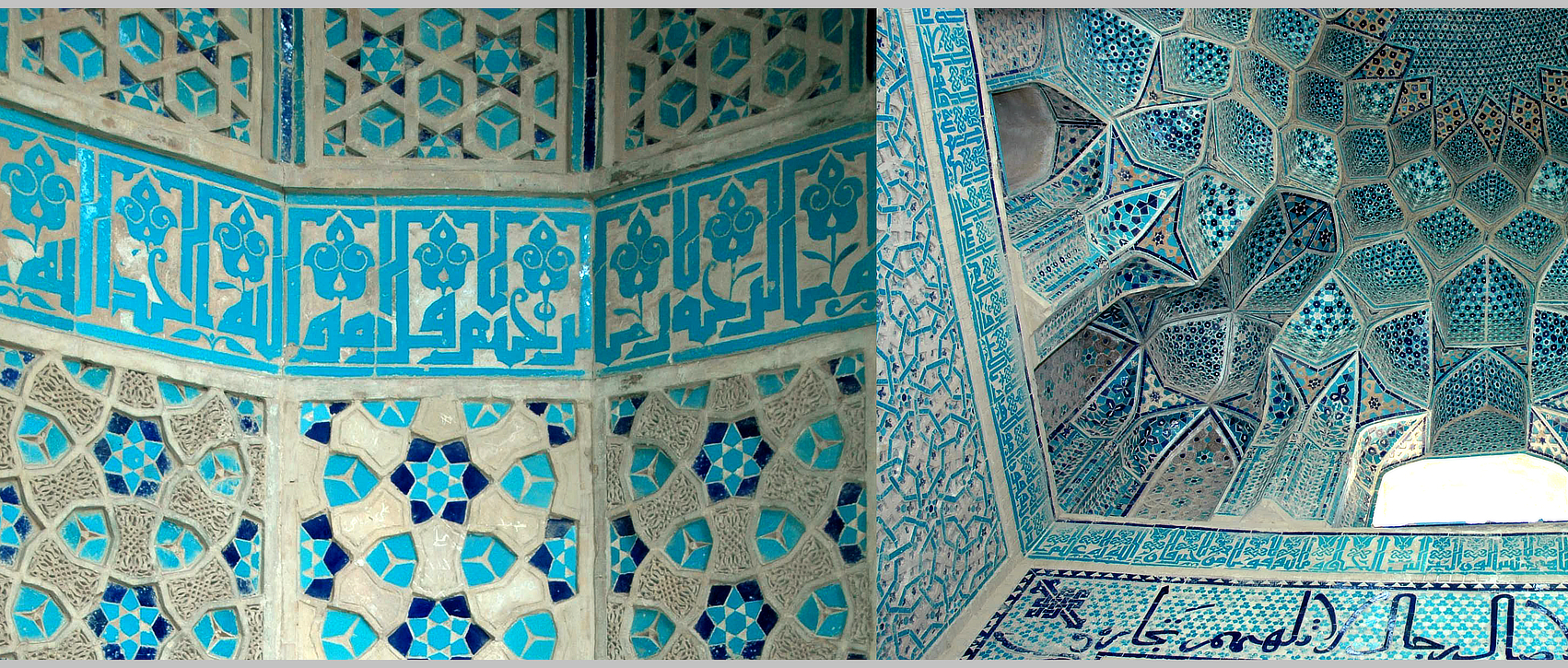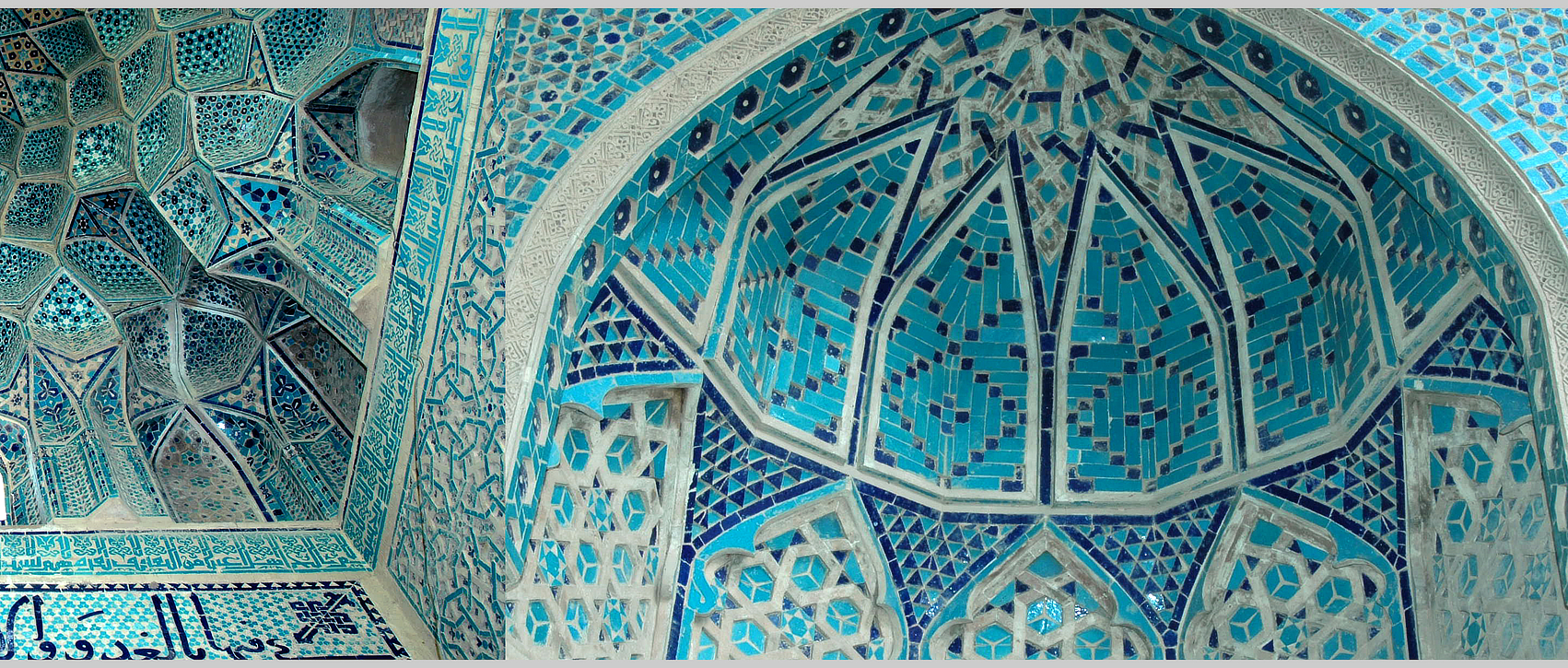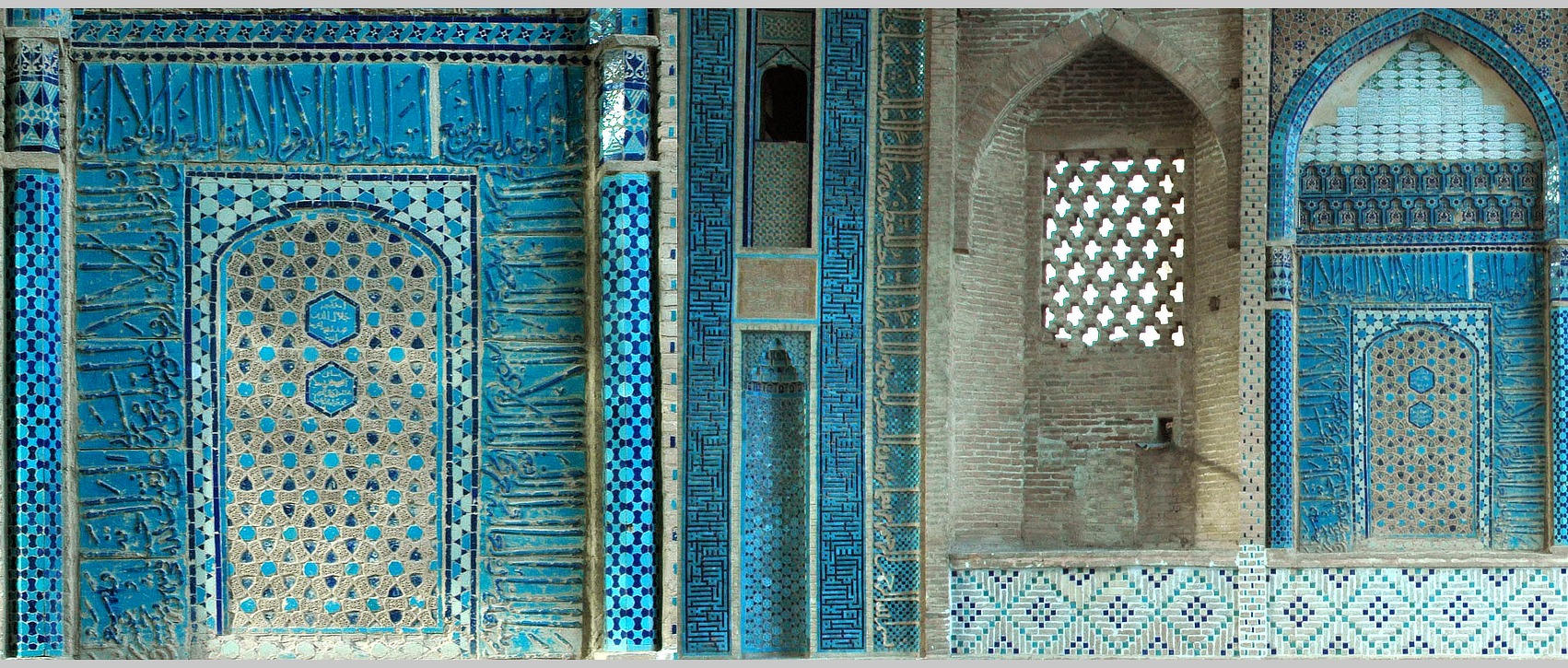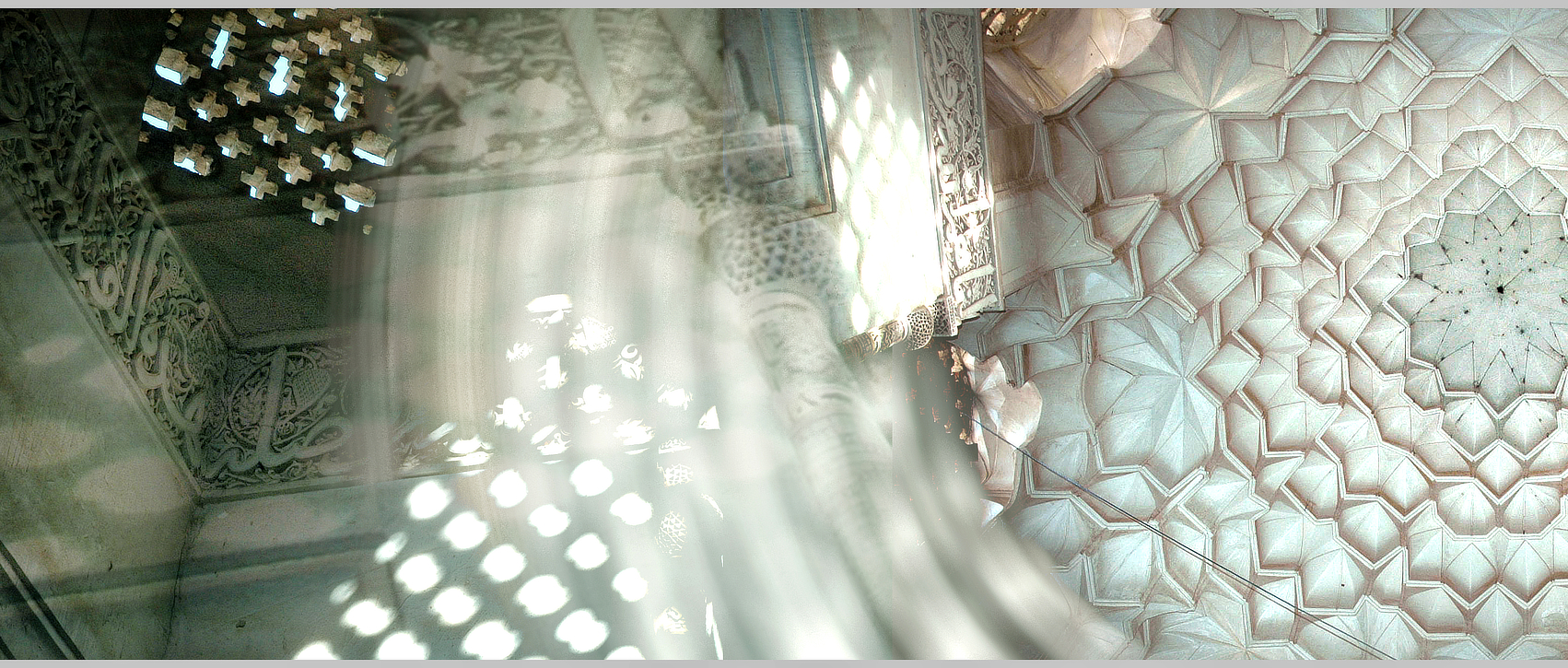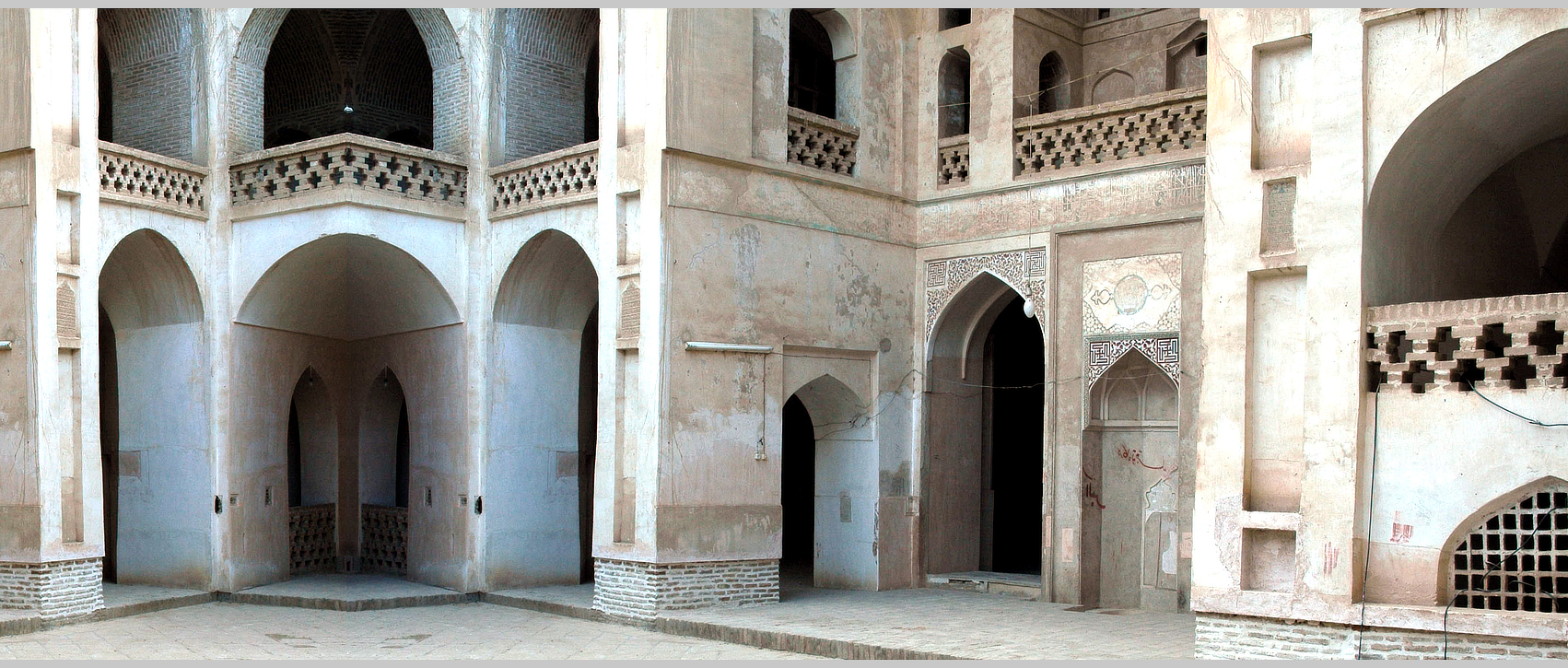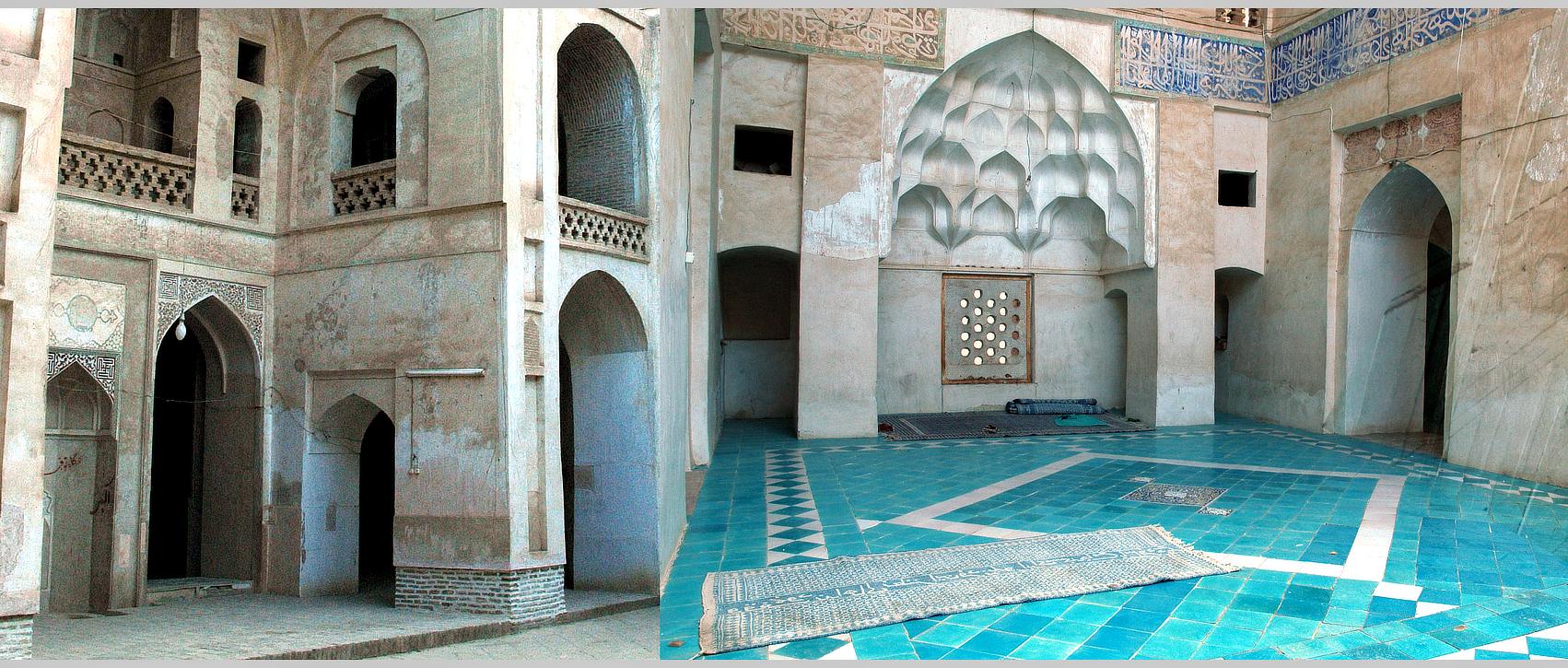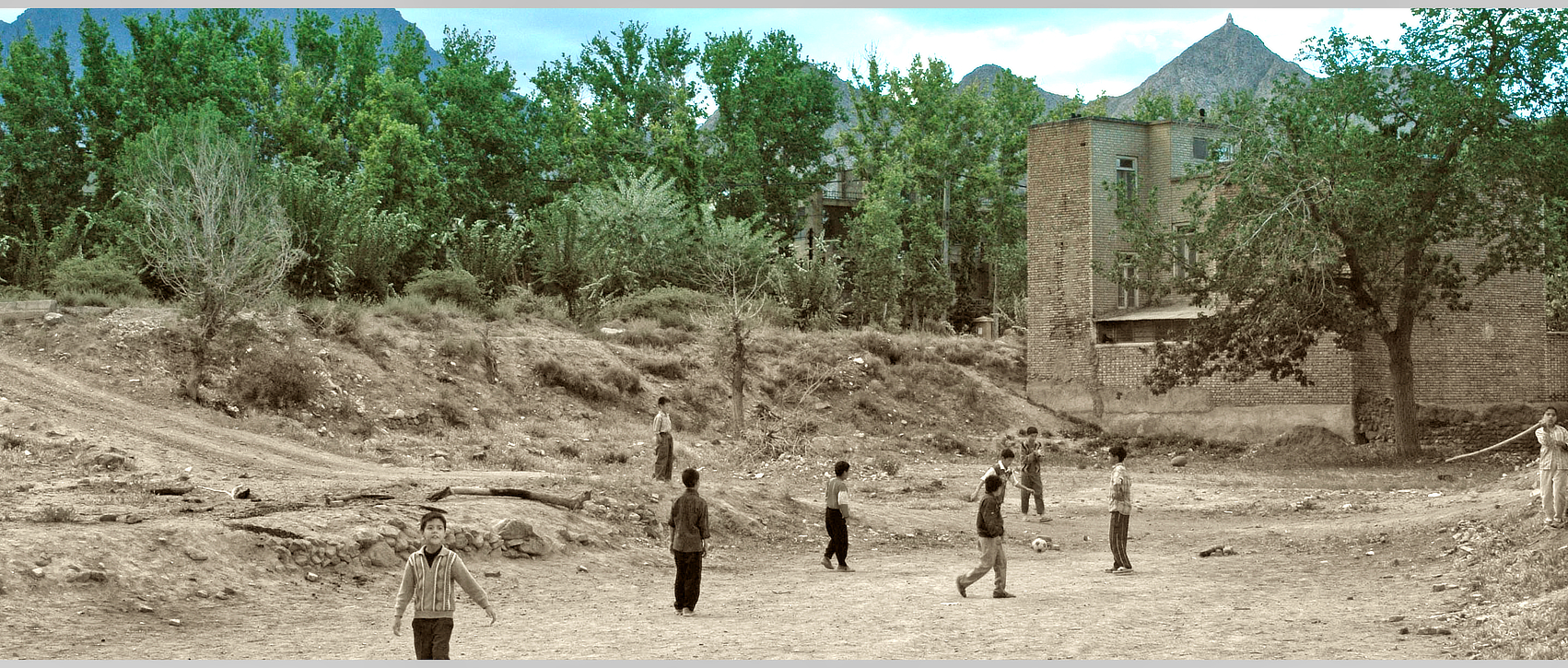Frames of Reference
Self published photo book; 380 Pages; 8″ x 10″
To order a copy, please visit Blurb Books
Frames of Reference documents a journey through Iran while exploring how we perceive, interpret, and construct meaning. Presented as a continuous line of photographs—like a filmstrip or visual novel—the project blurs the boundaries between documentary and fiction. Each image stands alone yet contributes to a fluid, semi-linear narrative that invites viewers to reflect on their own ways of seeing.
By linking moments together, the work dissolves the “frozen instant” of photography, creating a virtual space where perception and memory intermingle. It questions how understanding arises—not as objective truth, but as an accumulation of personal experiences, biases, and sensory impressions.
Ultimately, Frames of Reference reveals that every image, moment, or place exists within an infinite web of connections. Our view of Iran—or any subject—is shaped by these shifting contexts, reminding us that knowledge is never complete, and meaning remains perpetually in motion.
